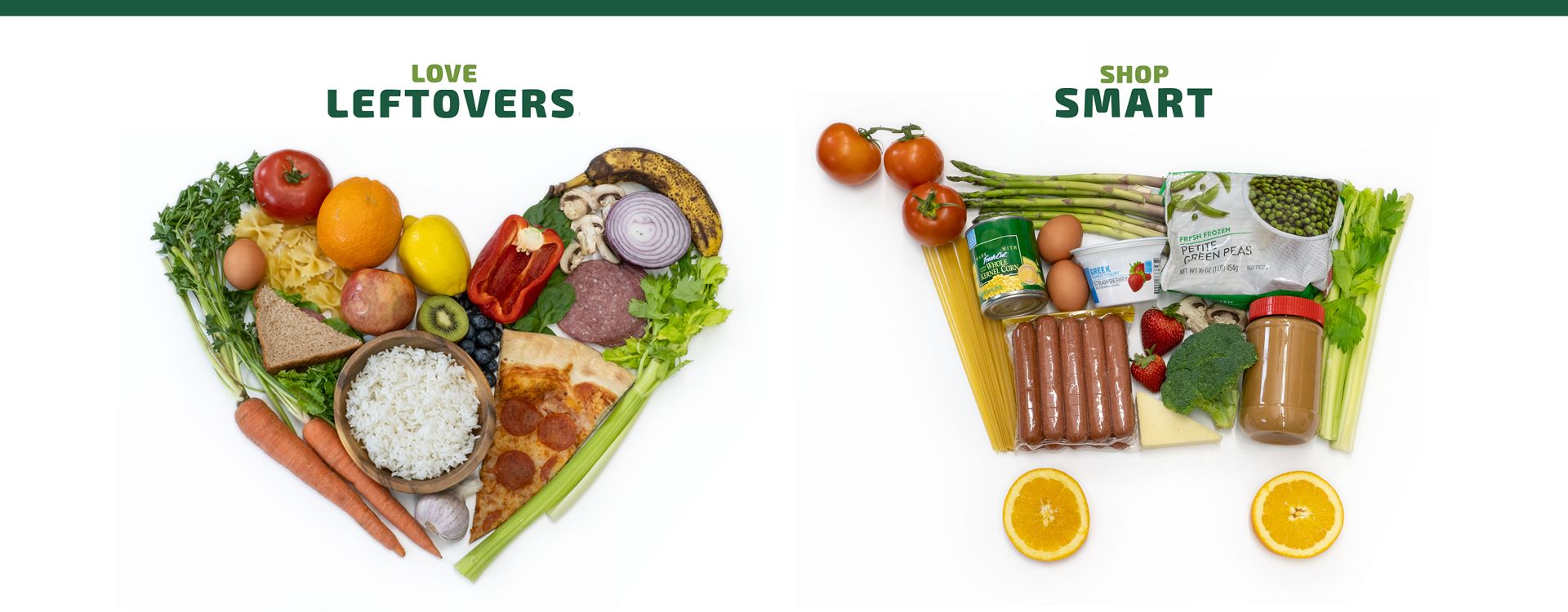» Plan your meals in advance to reduce food waste. This doesn’t have to be specific recipes, but a general list of meals so you don’t overbuy. Think about what you’re doing the following week and then plan meals around the time or energy you’ll have to cook. Do you eat out often? If so, don’t buy as many groceries. And don’t go to the grocery store hungry! It’s true, you’ll buy more food than you need.
» Shop your kitchen first. What's in your fridge and freezer that needs to be eaten soon? There are probably lots of staples in your pantry that can be used as the base of a meal. Try to be creative with what you have on hand.
» Make a list and stick to it. If you pay attention to sales that encourage bulk purchasing, that’s a great way to save money, but only if you’re going to actually eat everything you buy before it goes bad.
» Be purposeful and aware of what you put in your cart rather than shopping on autopilot. By buying no more than what you expect to cook, you’re more likely to eat it all while it’s still fresh.


